Since Bitcoin's mining was officially suspended, as the world's largest cryptocurrency producer, many "mine owners" have jumped on the bandwagon, leading to a surge in the sale of "mining" equipment. These so-called "salted fish" graphics cards are now flooding the market at ultra-low prices. After doing some research over several days, Xiao Bian has compiled the current situation and is issuing a warning to all readers: don't touch mining-used video cards!

First, we posted a picture of one of the sellers. Looking at the prices, you can see that a 6GB 1060 costs 550 yuan, a 1070 is 900 yuan, a 1080 is 1,200 yuan, and even a 1080Ti goes for 1,500 yuan! There are also 550 yuan 570s and 700 yuan 580s — these prices are simply unbelievable.

Are these prices scary? Although they are wholesale prices, after careful checking, the average price of a 6GB 1060 used for mining is around 600 yuan — much cheaper than the original retail price of several thousand dollars. But then, Xiao Bian shared more images to help everyone understand what these mining cards actually look like.
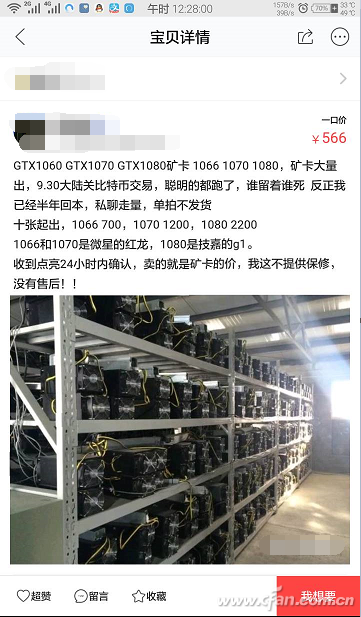
This is another seller’s image. To be honest, this is a decent mining setup. The old cards are just cleaned up and sold. Are you tempted? Don’t worry — take a closer look.
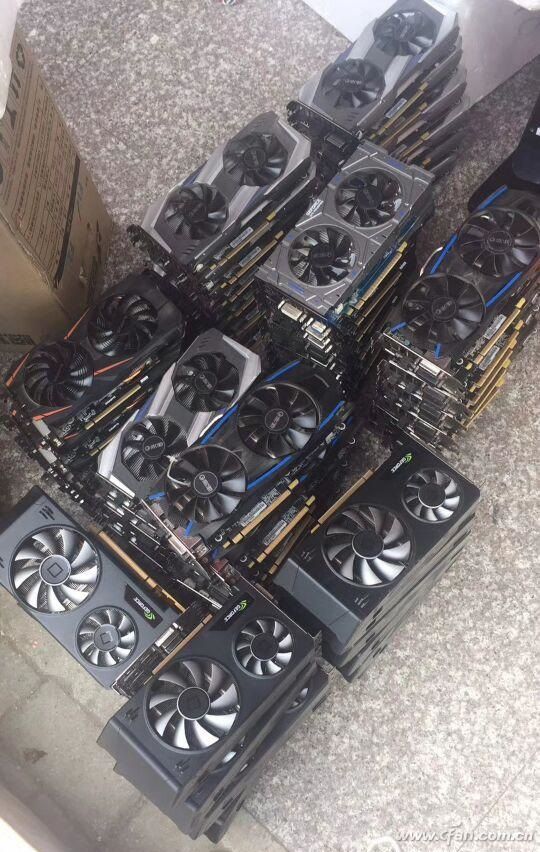
Mining with a graphics card essentially uses its parallel computing power to continuously calculate data day and night, eventually converting it into digital currencies like Bitcoin. This process requires the GPU to run at full load 24/7. In addition, miners often place multiple cards together in tight clusters without proper cooling, which puts extreme pressure on the hardware. As a result, the lifespan of the components is significantly reduced — in other words, these cards are basically “overdrawn†in terms of life expectancy.

The first component affected is the power supply unit (PSU). It must provide stable current under high load, putting extreme stress on capacitors, voltage regulators, and MOSFETs — drastically shortening their lifespan.
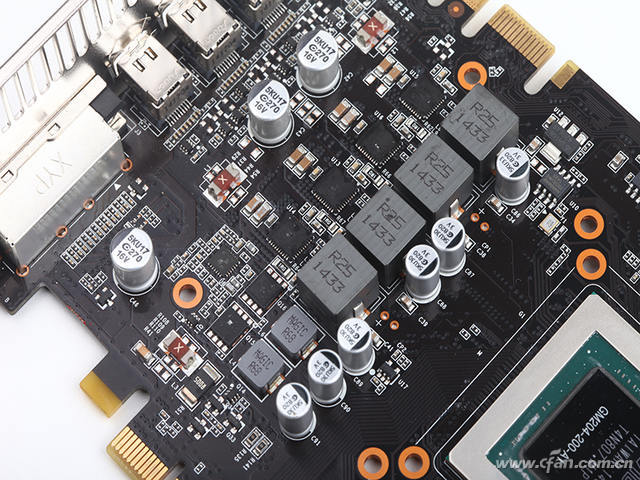
Then there's the memory. High temperatures are the biggest threat to VRAM. During mining, the cards operate under constant heat, unlike when you play games at home. This 24/7 operation leads to accelerated wear due to electron migration, greatly reducing the memory's lifespan.
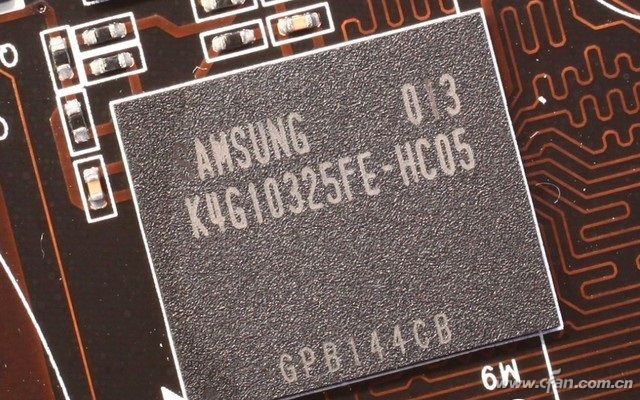
Finally, the GPU core itself. While it's usually the most durable part, under mining conditions, it's pushed to the limit. The back of the core may turn yellow, indicating extreme thermal and load stress. In such conditions, the core's lifespan is severely compromised. That's why manufacturers explicitly state that mining cards are not covered by warranty.
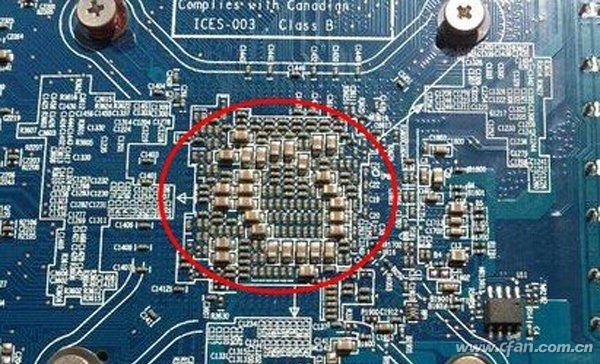
Now, do you understand why you shouldn't buy mining cards? Xiao Bian summarizes the key points for your reference:
- Continuous full-load use for 24/7 mining significantly reduces the lifespan of internal components and accelerates aging.
- Miners often overcrowd the cards in poorly ventilated spaces, leading to overheating and shortened life expectancy.
- Don't be fooled by claims like "only mined for a month or two." Some unscrupulous sellers even chemically clean the cards to make them look new — be very cautious.
- Mining cards come without any warranty! No warranty! No warranty! Important to say three times — no matter how long the card has been used, manufacturers can detect if it was used for mining, and you might end up losing a lot.
Remember, there's no such thing as a free lunch. Always think twice before buying a used graphics card — it could cost you more in the long run.

Infrared Optical,Zinc Selenide Lens,Optical Zinc Selenide Lens,Optical Imaging Lens
Danyang Horse Optical Co., Ltd , https://www.dyhorseoptical.com